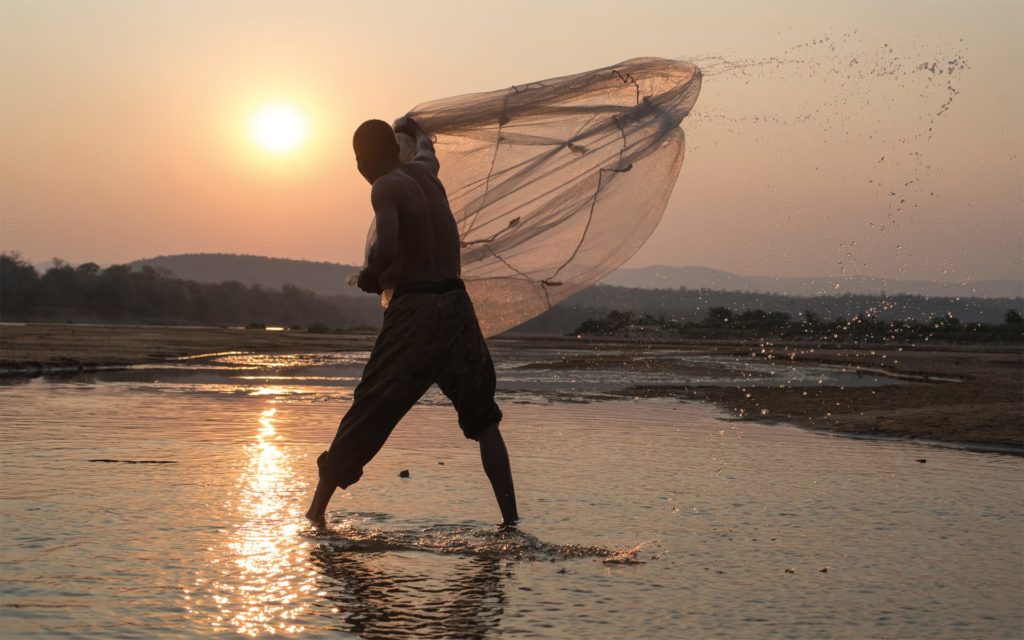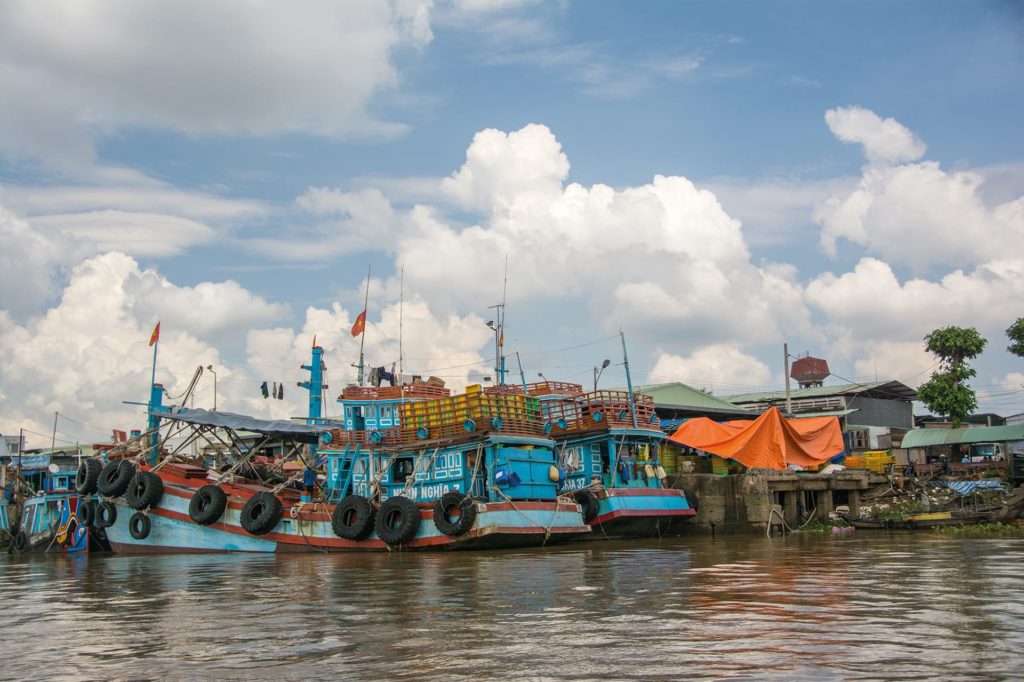Journey of Water: Halting Harmful Hydropower
In 2020, REVOLVE partnered with WWF to showcase the journey of water and how it is inextricably linked to our lives. From the dams of Finland to the deltas of the Mekong, join us on our voyage across the globe as we discover the water-challenges we are facing, and the innovations we are making to overcome them.
When the Zambian government axed plans to build a mega-hydropower dam on the Luangwa river, Senior Chief Luembe could finally relax, knowing that the lifeblood of his Nsemba people would continue to flow freely. “It gives them water. It gives them fish. It supports the wildlife around which the tourism economy is centered.”
It was the best possible end to a campaign that had specifically focused on the need for long term protection for the river – and the benefits it provides to people and nature – rather than just stopping the dam. It was also a campaign that offered the authorities an alternative energy solution: a system-wide approach that could power Zambia’s sustainable development without damming its remaining free-flowing rivers and speeding up the collapse of its freshwater biodiversity.

Advocacy action on the Mekong
Far away on the Mekong river, another campaign was simultaneously gathering steam – to convince the Cambodian government to halt plans for two large hydropower dams on the mainstem at Sambor and Stung Treng, which would have had a massive impact on the river and the world’s largest freshwater fishery. At the heart of the advocacy action was a focus how the dams would undermine the food security of millions of Cambodians and expose communities in the delta in Viet Nam to worse floods, along with concerted efforts to promote the benefits of solar power. While no one knows for sure why the government changed course, the result was a landmark decision to impose a 10-year moratorium on all dams on the mainstem of the Mekong in Cambodia.
But there are still new hydropower dams on the drawing board just upstream in Laos. And thousands more across the world from the Amazon to the Zambezi. The renewable revolution – powered by the plunging price of solar and wind generation and new storage technologies – offers viable alternatives to many hydropower projects that are low-carbon, low-cost, and low-conflict with communities and rivers. As the flagship WWF/TNC report, Connected and Flowing, makes clear: we can now meet our global climate and energy goals without sacrificing our remaining free flowing rivers. But it also makes clear that hydropower still has a significant role to play in powering this brighter future, including by modernizing current plants, retrofitting existing dams and developing low impact pumped storage.

Governments stuck in the past
Unfortunately, many governments and developers are still stuck in a 20th century mindset that only sees free flowing rivers as sources of water and power and the site of future dams – failing to factor in the other diverse benefits of healthy rivers and the advantages of solar and wind, especially in as the world seeks to build back better from
the COVID-19 pandemic.
More campaigns will be needed. Some will be focused on individual iconic dams, while others will cover a whole region or look to transform the financial structure of the industry – whatever is likely to work best. Such as current campaigns driven by communities and conservationists to scrap plans (and subsidies) for thousands of small hydropower dams across the Balkans, which would wreck the last wild rivers in Europe.
Using a variety of tools and tactics, these campaigns and growing community opposition in many places will increase the risks and potential delays. Combined with the accelerating renewable revolution, growing concerns about the global collapse of biodiversity and the hydropower industry committing itself to a more sustainable pathway,
it’s clear that it will become harder to convince increasingly skeptical investors to put their money into harmful hydropower – potentially safeguarding many of the world’s remaining free flowing rivers.